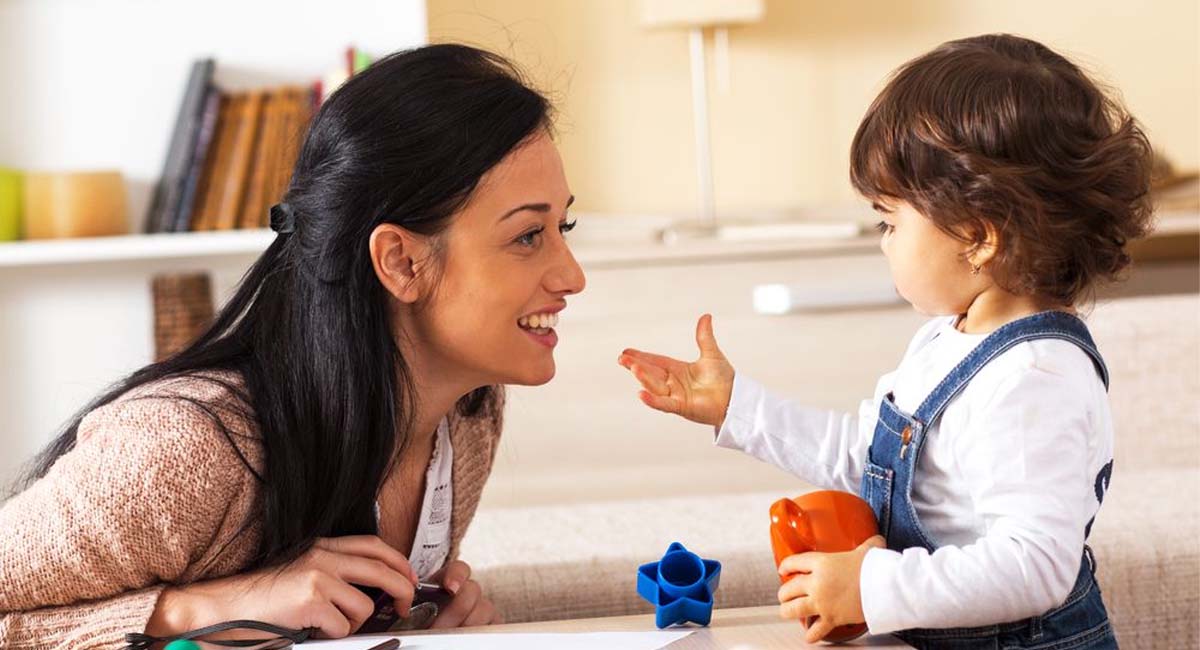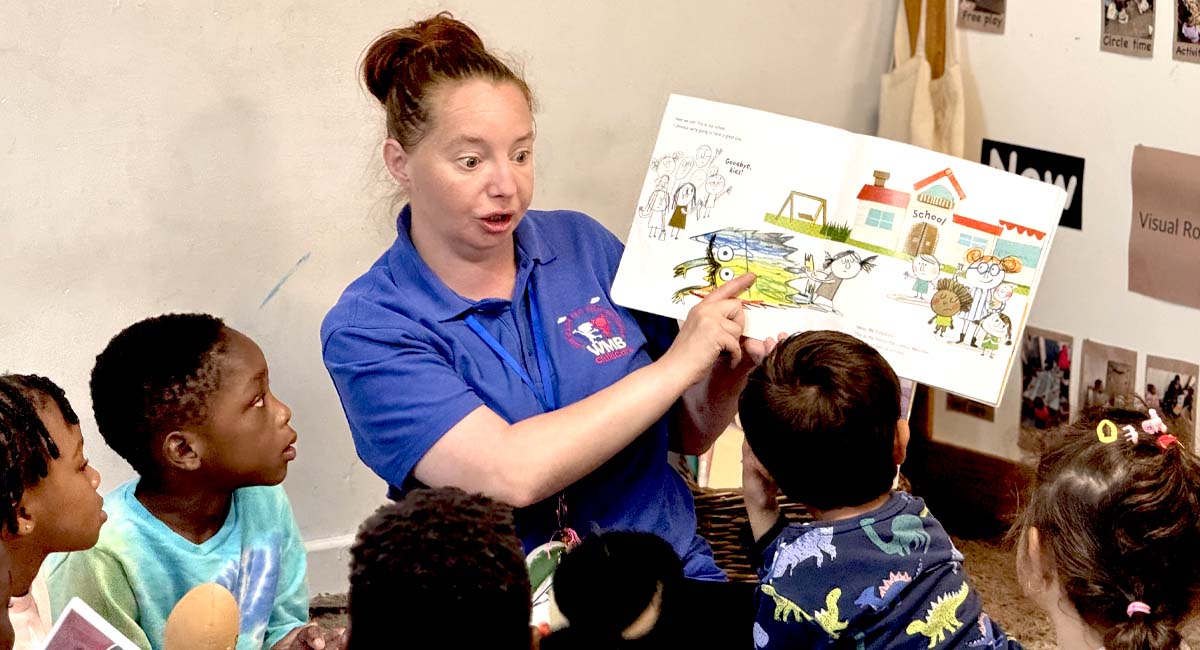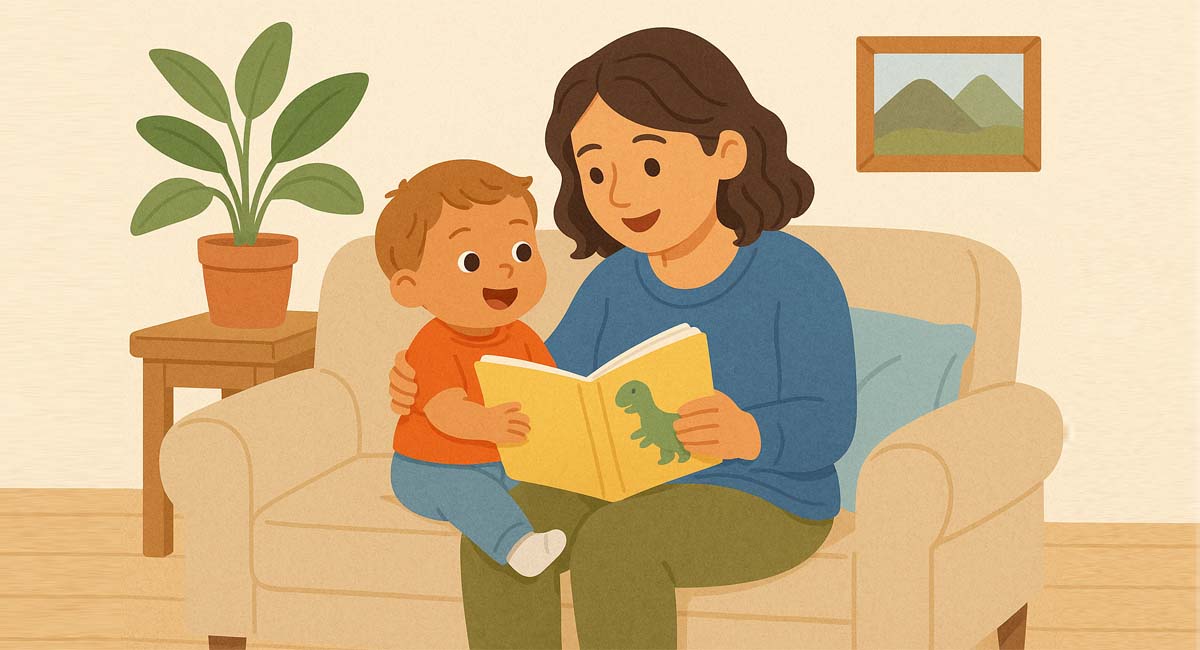A Month of Love, Care, and Appreciation
As Valentine’s Day approaches, let’s take a moment to nurture and support the feelings of our little ones. Fostering healthy emotional attachments and guiding them in self-regulation lay the foundation for a lifetime of understanding and managing emotions. Explore how you can build a strong emotional foundation, encourage healthy attachments, and teach self-regulation skills at home for your children this Valentine’s season!
At home, you are your child’s first and most influential teacher. Recognizing and responding to the early emotions they express is crucial in helping them build a strong emotional foundation. Every experience, from playing with toys to sharing a snack, contributes to their emotional journey.
Simple Self-Regulation Tips for Parents at Home:
1. Play with Feelings:
Incorporate playful activities that involve identifying and expressing emotions. Use dolls or stuffed animals to act out different feelings, allowing your child to associate facial expressions with emotions in a lighthearted way.
2. Music and Movement Moments:
Harness the power of music and movement at home. Dancing or swaying to calming tunes can be a fun and effective way for your child to release pent-up emotions and learn to regulate their responses.
3. Introduce Comfort Objects:
Consider introducing comfort objects like a soft toy or a cozy blanket. Having a familiar item can provide a sense of security during moments of unease, helping your child self-soothe within the familiar surroundings of home.
4. Engage in Sensory Play:
Create simple sensory activities using household items. Play with textures, such as using soft fabrics or exploring different textures in the kitchen, to help your child connect with their senses and regulate their emotions.
5. Visual Aids with Big Expressions:
Craft a homemade emotion chart with large pictures featuring exaggerated facial expressions. This visual aid can help your early learner associate different feelings with clear images, facilitating their ability to express themselves.
6. Short and Sweet Stories at Bedtime:
Incorporate brief stories or rhymes revolving around emotions into your bedtime routine. Books like “In My Heart: A Book of Feelings” by Jo Witek or “The Way I Feel” by Janan Cain are wonderful options tailored for early years children.
As parents, you have the power to create a loving environment that encourages your little ones to express, understand, and navigate their emotions. By incorporating play, sensory activities, and engaging stories, you sow the seeds for resilient, emotionally intelligent individuals who will blossom into compassionate hearts.
Happy nurturing at home!










